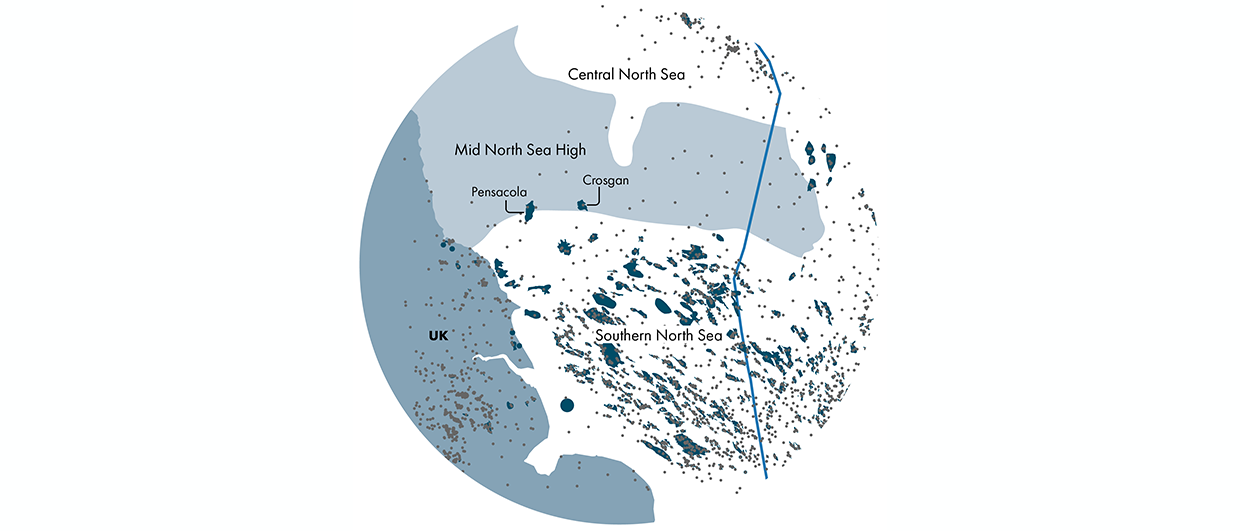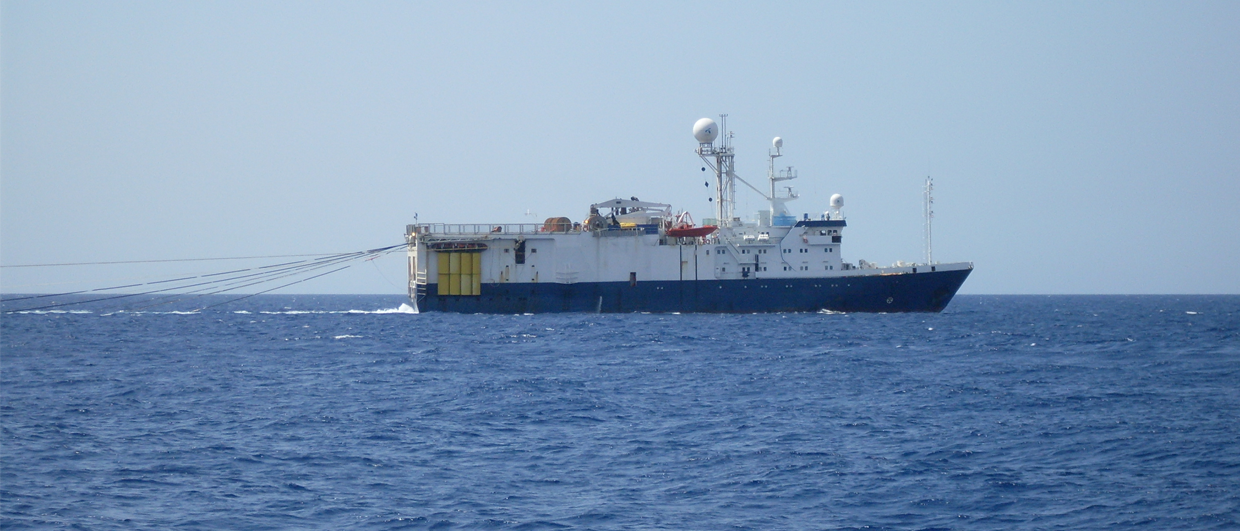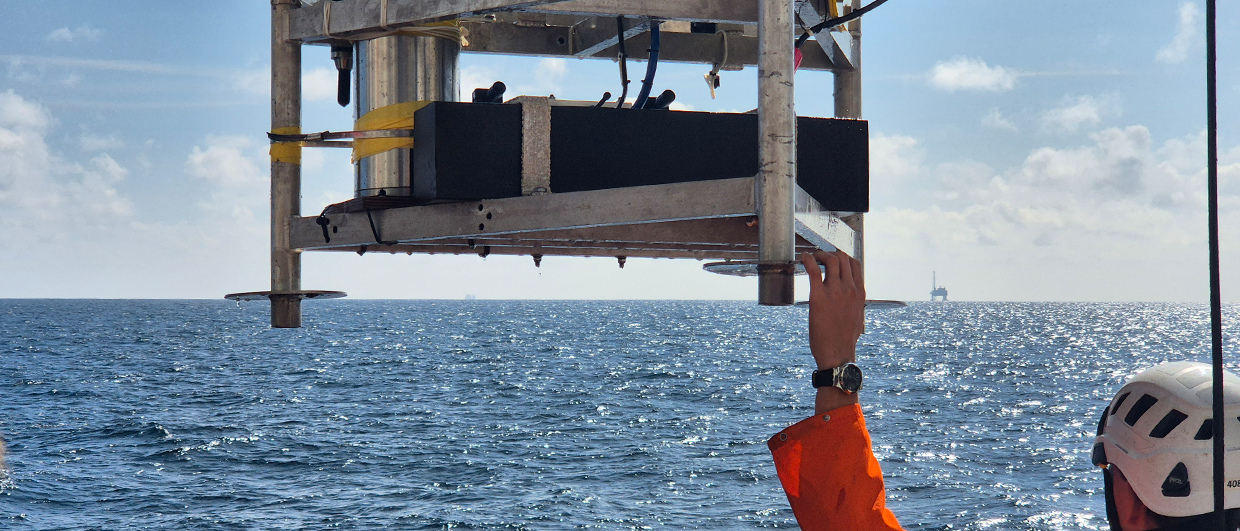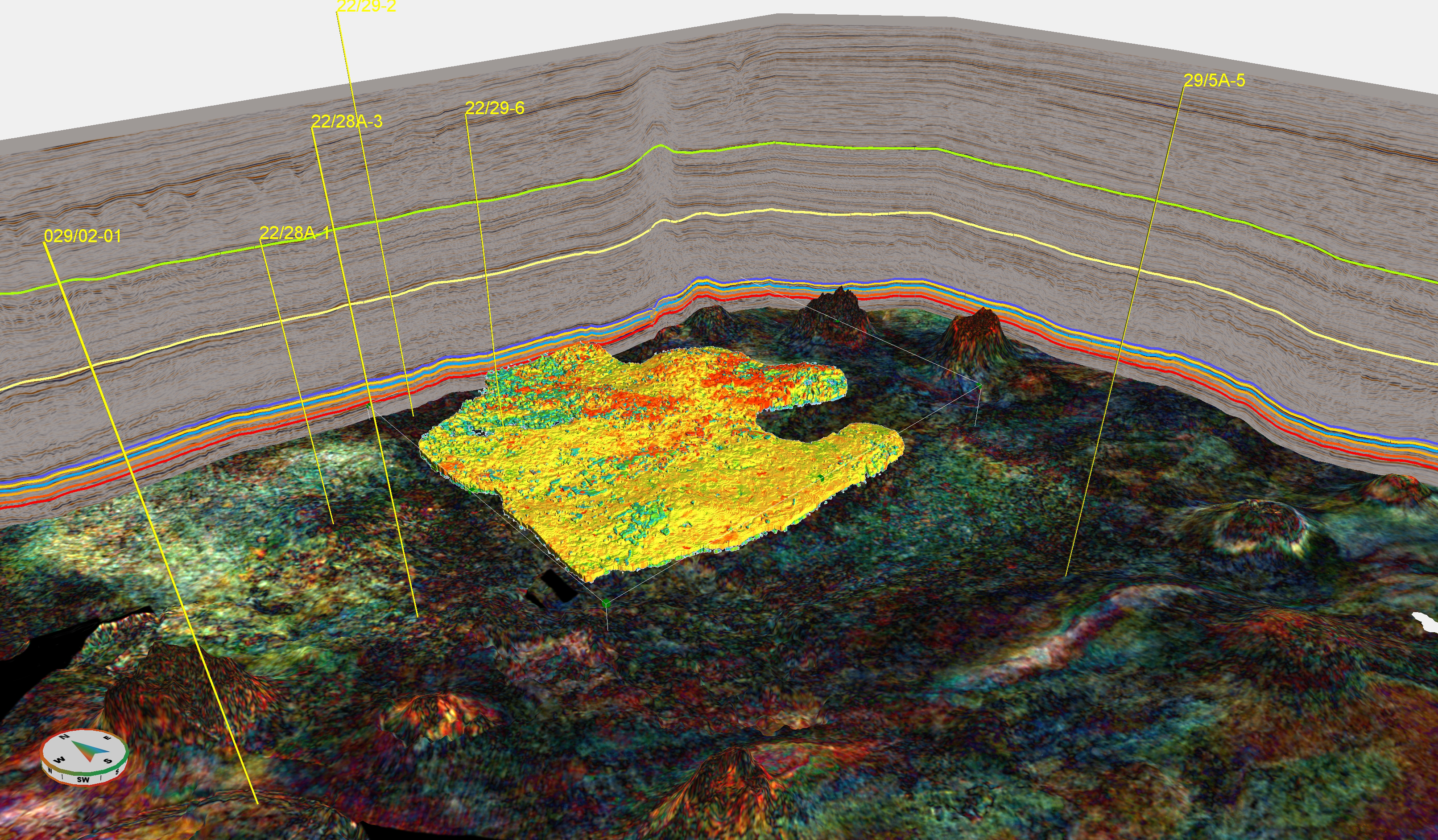The northern part of the UK Southern North Sea (SNS) and the adjacent Mid North Sea High (MNSH) have seen a recent revival when it comes to exploration activity, with the Pensacola oil and gas discovery and an appraisal well on Crosgan as two tangible examples.
Even though the 33rd Round awards are yet to be announced for the SNS and MNSH, APT has finished a new study focusing on the proper identification of the different source rocks in the area, as it is the source rocks that have always been a matter of debate in this part of the UKCS. Whilst the source for most parts of the SNS is dominated by Upper Carboniferous coals and the oil in the Central North Sea is mostly from the Upper Jurassic Kimmeridge Clay, the MNSH, with its particular Zechstein reef and karstified dolomite reservoir facies, is characterised by an oil source that can either be of Permian or Carboniferous age.

From wells across the area of interest, APT performed new analyses on 150 source rock samples. The results showed that 21 samples flowed oils and condensates. In addition, 159 oil-stained samples have proven that distinct and multiple petroleum systems are present across the MNSH and SNS, enabling the parameterisation and quantification of the potential of the Permian and older Carboniferous source rocks. In doing so, the risk around charge in these poorly understood play fairways can be better assessed.
Oil stain quality varies considerably across the MNSH and SNS, but good quality, robust oil stains have been identified throughout the Zechstein interval, having a distinct carbonate and sometimes hypersaline signature in places. Oil stain quality increases towards the southern extent of the MNSH where the Zechstein becomes increasingly mature.
The Zechstein and Carboniferous hydrocarbon families can be readily differentiated based on a range of diagnostic parameters including isoprenoid, standard and non-standard biomarker, and carbon isotope data. Supplementary statistical analyses have aided with the identification of hydrocarbon families. Good quality oil- and gas-prone source rocks have been proven in the Zechstein and Carboniferous intervals. Additional petrophysical analyses have further supported the presence of these source rocks across the MNSH and SNS.
Key findings include the identification of multiple source intervals and charge systems within the Zechstein and the recognition that understanding the regional depositional systems will be crucial to finding the sweet spots.





